An airport is a complex transportation hub serving cargo, aircraft, passenger, and surface vehicle needs. Functionally, airports must process large volumes of people, baggage, and aircraft efficiently and safely with as few bottlenecks and delays as possible.
Building any airport is therefore an incredibly complex and costly undertaking, especially given the fact that these vast, interconnected networks of structures, surfaces, and work spaces must be built according to the stringent safety and security guidelines established by the Federal Aviation Administration.
Construction itself requires massive coordination as well as personnel and project management systems. Successful projects need to excel at logistics, supply management, and collaboration as well as having deep technical and often cultural expertise when international players are involved.
One way to control costs and to maximize flexibility is by using polyvinyl cloth structures, especially given the massive rise in the cost of building materials used to construct airports domestically and internationally.
Civic Symbols
Airports often serve as symbols of civic pride and ownership, so representational design elements and distinctive architectural features are frequently part of new airport designs. Certain airports, including the Denver International Airport and the Aukland International Airport in Aukland, New Zealand, feature famous fabric structures that have become iconic symbols of these distinctive airports.
Aircraft Storage
It can be a difficult management challenge for airlines to construct hangar facilities that serve their current needs but are also destined to meet the needs of the future as well. Airlines have a need to continually update their fleets of aircraft as well as responding to new routes and changing passenger demands. The size and capacity of airplane hangars need to keep up with these changing demands, as well. At Boston’s Logan Airport, United Airlines recently upgraded its hangar to a fabric structure, saving construction costs and including the added benefit of incorporating translucent building materials, which allow in natural light, to help illuminate the interior spaces.
Cargo Storage
In hub airports or those that serve as major cargo transportation centers (including Hong Kong International Airport, which has been ranked the busiest airport for international air cargo since 1996; and Honolulu International Airport, which serves as the premier international gateway shuttling cargo between the United States and all Pacific Rim countries), is critical both logistically and economically to construct ample cargo storage facilities that are weather-proof, secure, and efficiently navigated. They also have to be adaptable to the fast-changing needs of today’s consumer as well as to the airline industry. Fabric offers the added benefit of flexibility and portability as well as allowing in natural light, which can save lighting energy costs in the massive cargo storage buildings that need to be navigated quickly and efficiently.
Passenger Shelters
In any airport design and construction project, it is critical to consider the movement of people and vehicles safely and efficiently from curbside to terminal buildings and from baggage claim and arrivals areas to waiting vehicles, buses, and other ground transportation. In climates with extreme rainfall or intense sunshine, shelters increase the comfort level of arriving and departing passengers as well as speeding the movement of people and bags to and from vehicles and interior spaces without requiring travelers to stop and search for umbrellas or sunshades.
At the Edinburgh Airport, Parr Architects chose to use a fabric structure to cover the walkway connecting the new light rail station and the terminal. This construction was part of a nearly $225 million dollar renovation project to upgrade the airport and increase its terminal size, with aspirations of making it one of the finest airports in the United Kingdom.
In 2014, as part of a one million dollar renovation project, the San Diego International Airport installed a fabric-covered Smart Curb to protect passengers from unbridled sunshine while waiting curbside. Similar fabric structures were used to shelter long-term parking facilities as well.
Terminal Buildings
With the advent of advanced fabric membrane technology, more airports are able to use tensile fabric membranes in their terminal buildings as well as in cargo, storage, and curbside shelter areas. A notable, dramatic example is the passenger terminal complex at Suvarnabhumi Airport in Bangkok, Thailand. Fabric structures can also be used to house food courts or dining and shopping areas in domestic and international airports as well as baggage handling and storage facilities.
Advanced Building Systems
Newer, state-of-the-art airports are starting to be built using smart building and technology systems that enhance coordination and increase energy efficiency and safety. Automatic systems integration is the key to these new methods, where a fire detected in one part of an airport, for example, automatically triggers a series of responses, including increased ventilation, fire containment, raised blinds to enhance visibility, and the activation of emergency lighting.
Newer airports can also be designed to be energy efficient, making use of carbon dioxide detectors, for example, to automatically power down heating, cooling, and ventilation systems to meet reduced demand during low travel times.
At Denver International Airport, there has been a new focus on building information modeling (BIM), which makes use of integrated building design systems to integrate systems such as HVAC and electrical before construction, so there are fewer surprises and changes needed during construction or maintenance.
Large or small, local or international, new airport construction is a vast undertaking, requiring a small city’s worth of workers, machinery, equipment, and often lodging and medical facilities. Some of the world’s leading technologies, including advanced tensile fabric technology, are currently being used to design and create the world’s most advanced airports, which increasingly operate as small cities in and of themselves.
For more information or to order your Alaska Structures fabric buildings today, call +1-907-344-1565, email us, or contact us online.
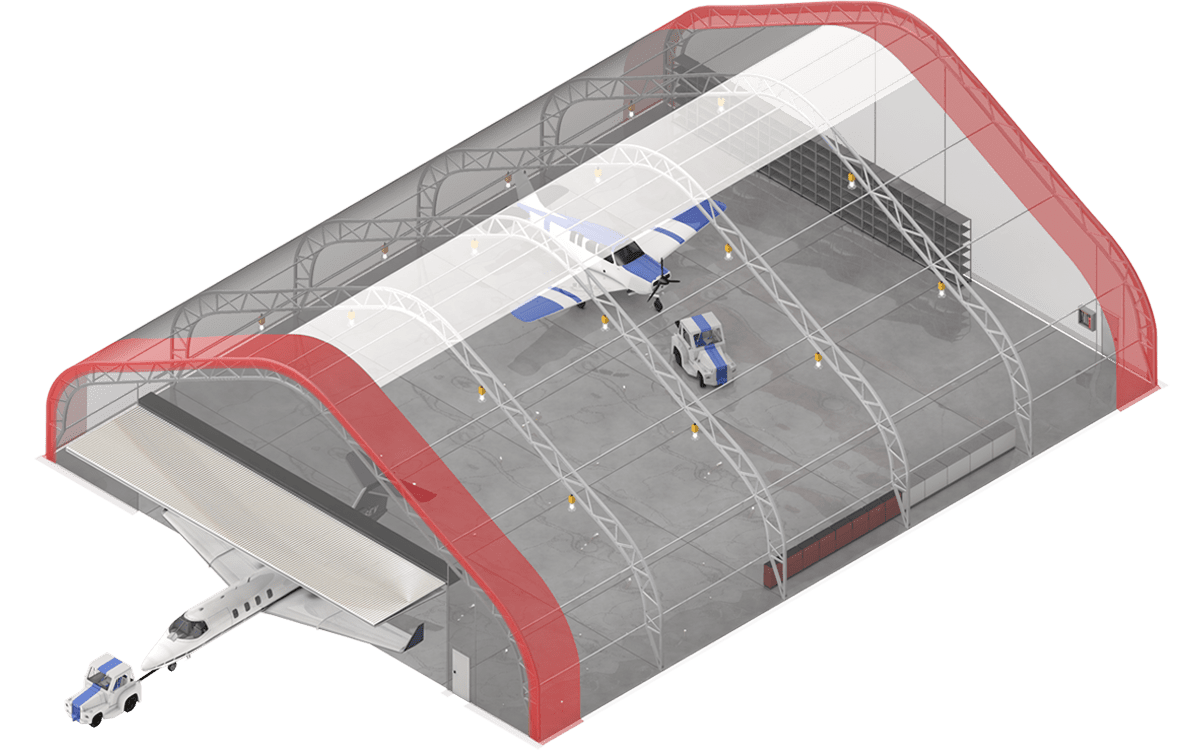


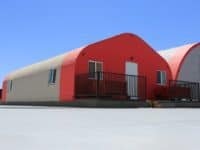

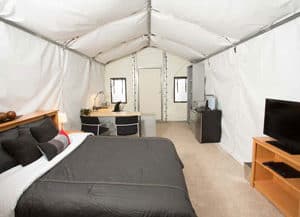

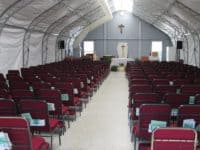
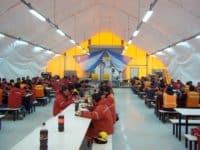
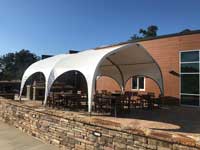
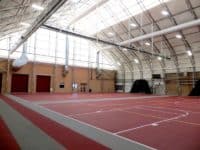

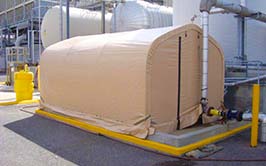

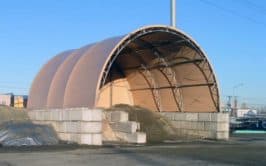
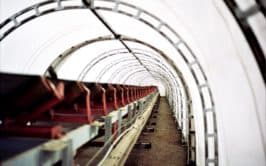
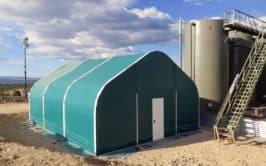


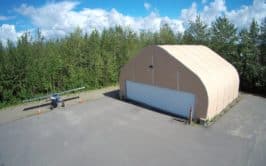
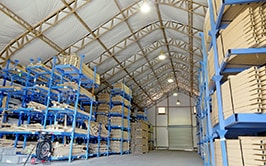
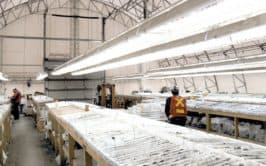
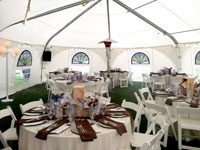
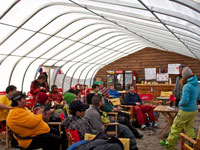

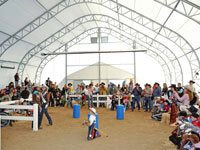
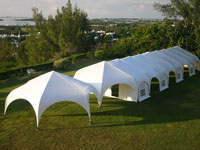

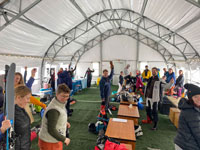
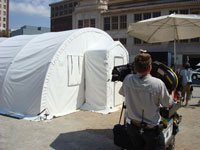
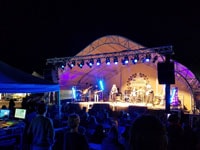




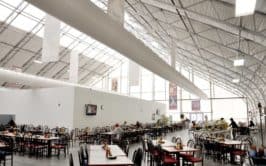






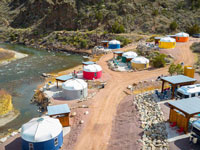
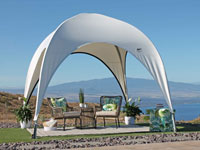

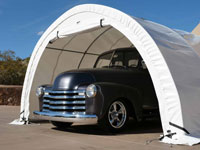
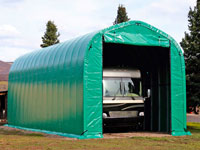




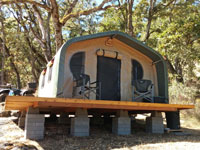
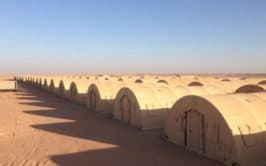
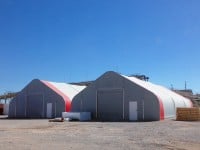
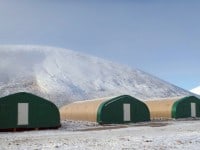
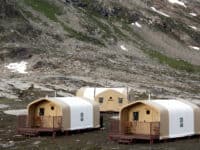
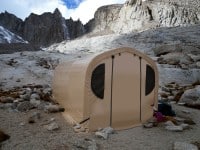
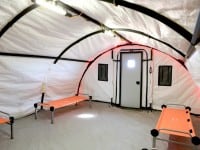
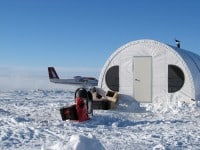
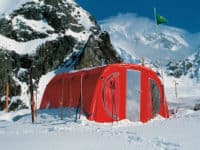


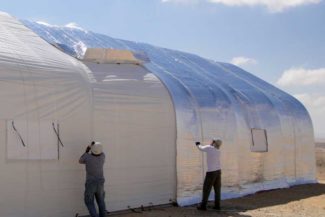


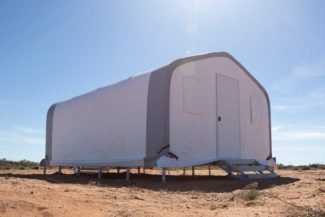

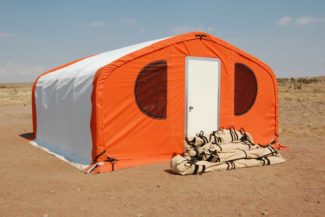




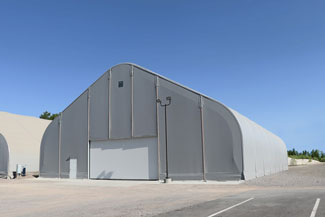

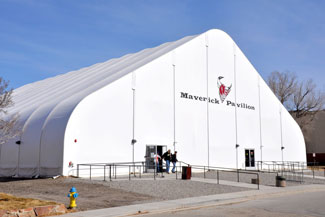
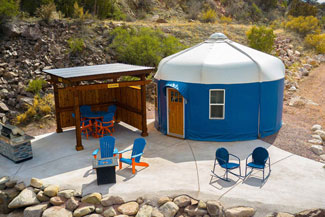
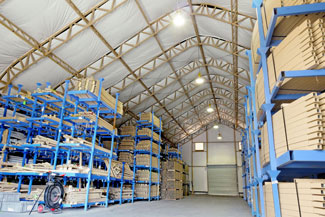

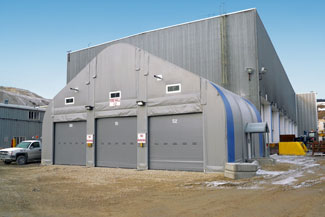
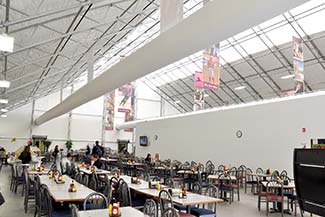

Leave a Reply